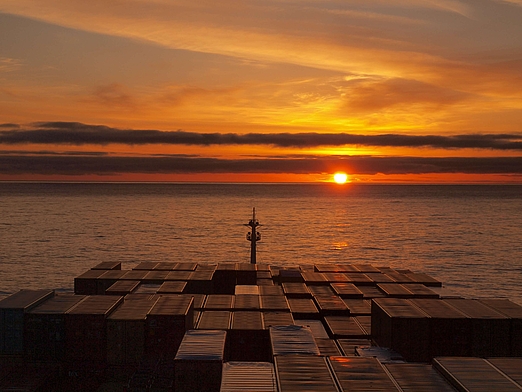Seafreight Under Full Sails
- Facts
- Facts
Large ocean giants take all matter of cargoes to their destinations across the oceans, in colossal amounts and at economical rates. This is good for consumers and their wallets – most of these consumers never find out about the negative effects this transport method has on the environment. Nor are many people aware that modern cargo ships are to thank for the fact that consumer products find their way to Europe and the USA at such low prices. The sheer size of these ships, combined with the use of uniform, easy-to-process containers, reduces transport costs to a minimum. But is there an alternative way to ship goods over the seven seas?
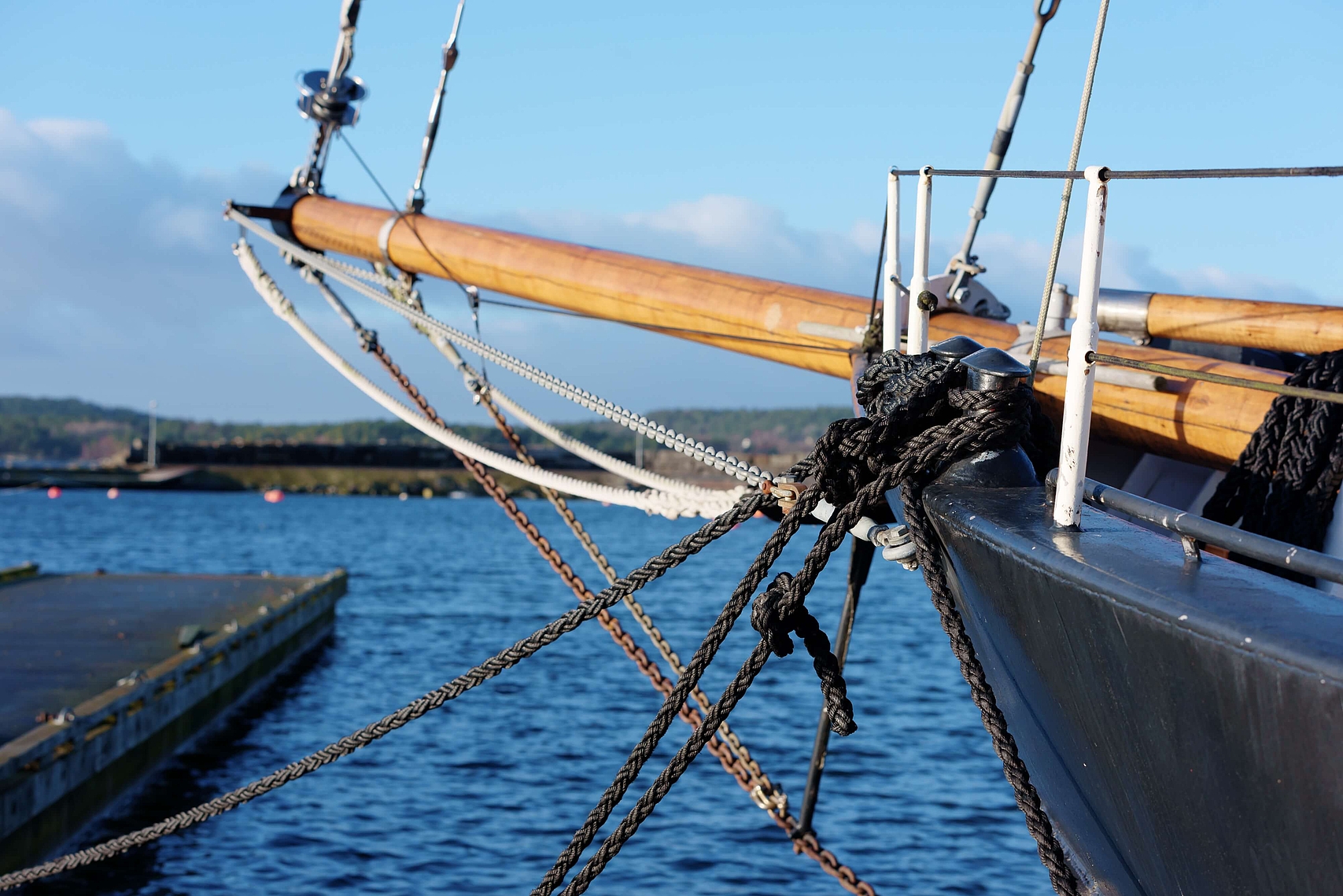
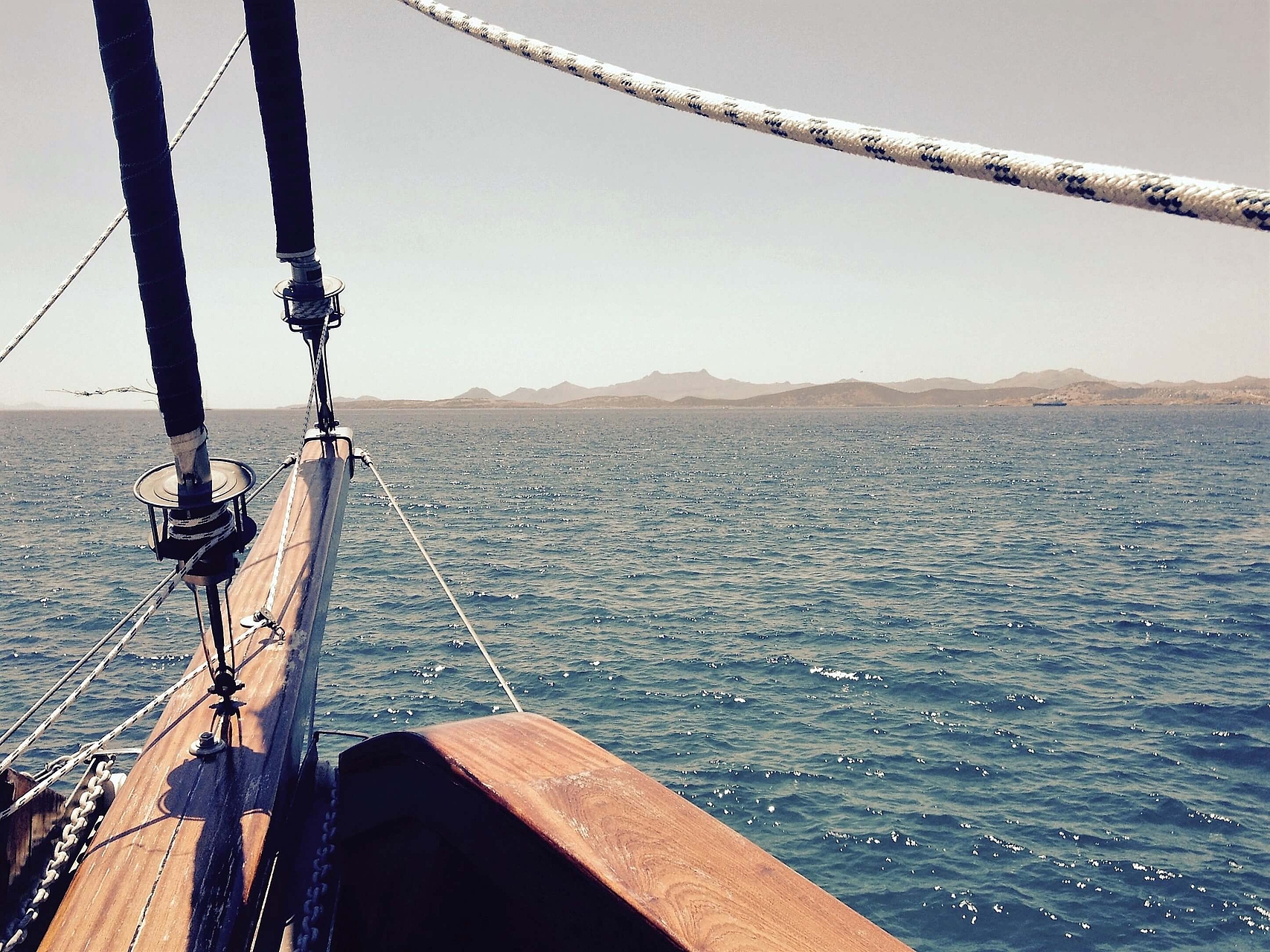
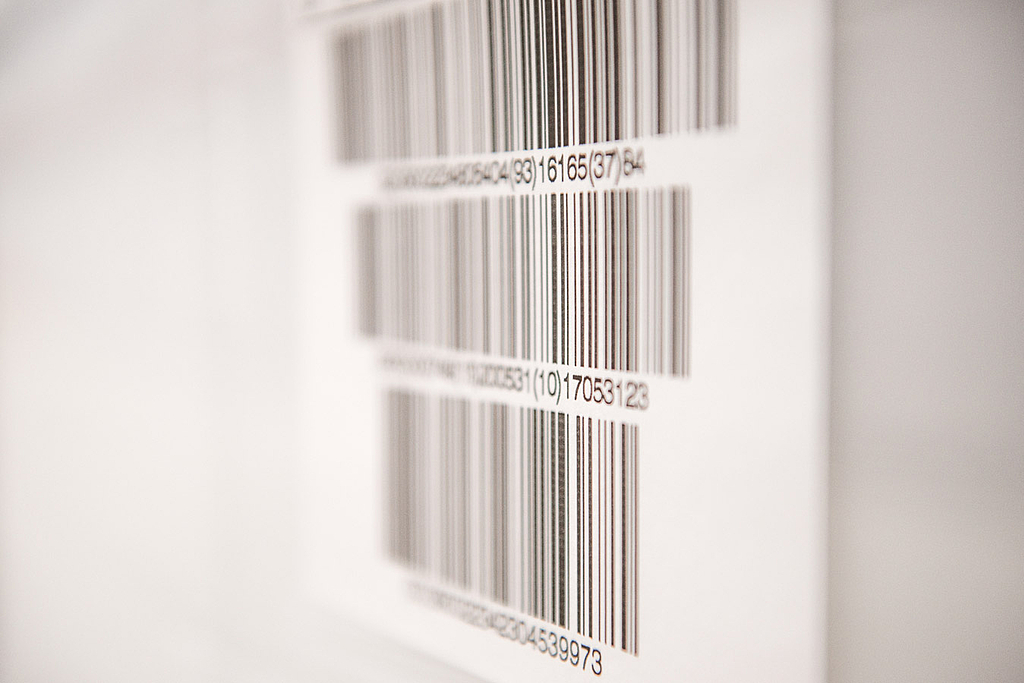
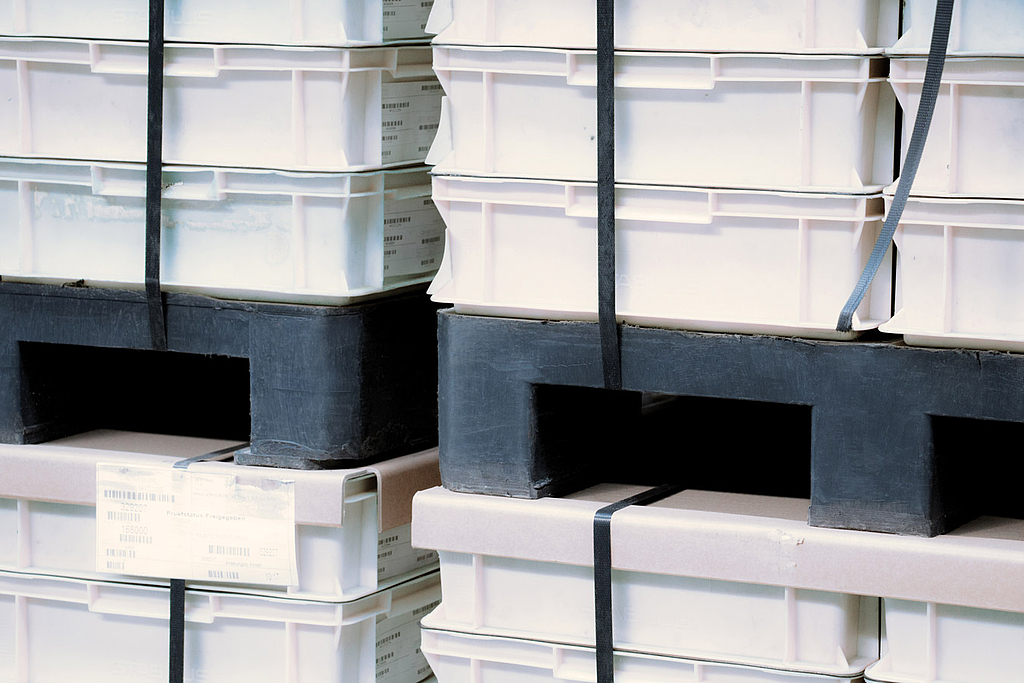
We offer specialized logistics solutions and warehousing facilities for the requirements of a range of industries.
Uniform standards in all of our logistics centers around the world ensure high quality and reliability. Benefit from our comprehensive network of warehouses in Europe, Asia and the USA.
Find out more
By outsourcing your logistics, you benefit from a competent partner who can optimize your processes and save you time and money.
We will be glad to consult you in detail about individual processes or create a comprehensive logistics concept for all your storage, inventory management and order handling.
Find out more
